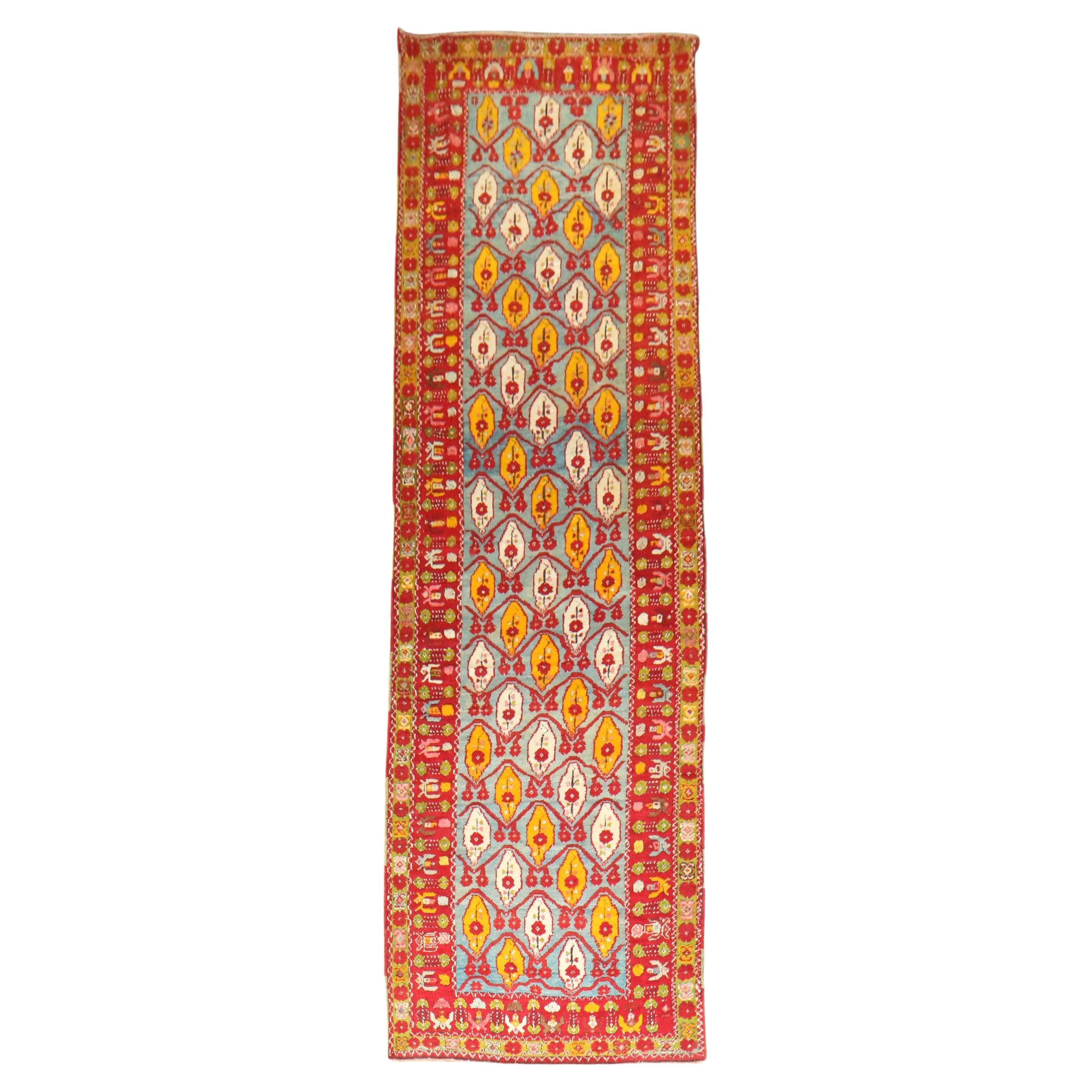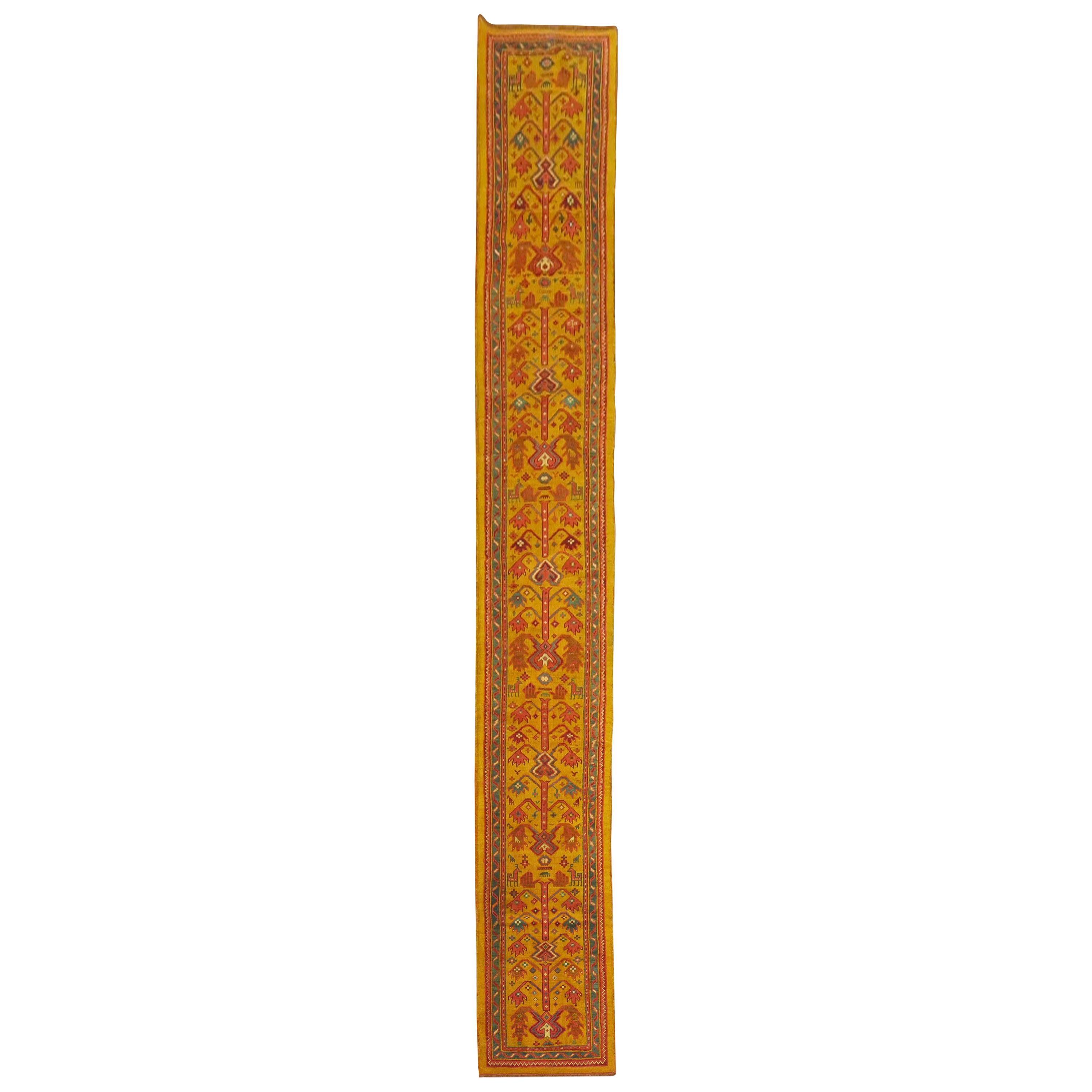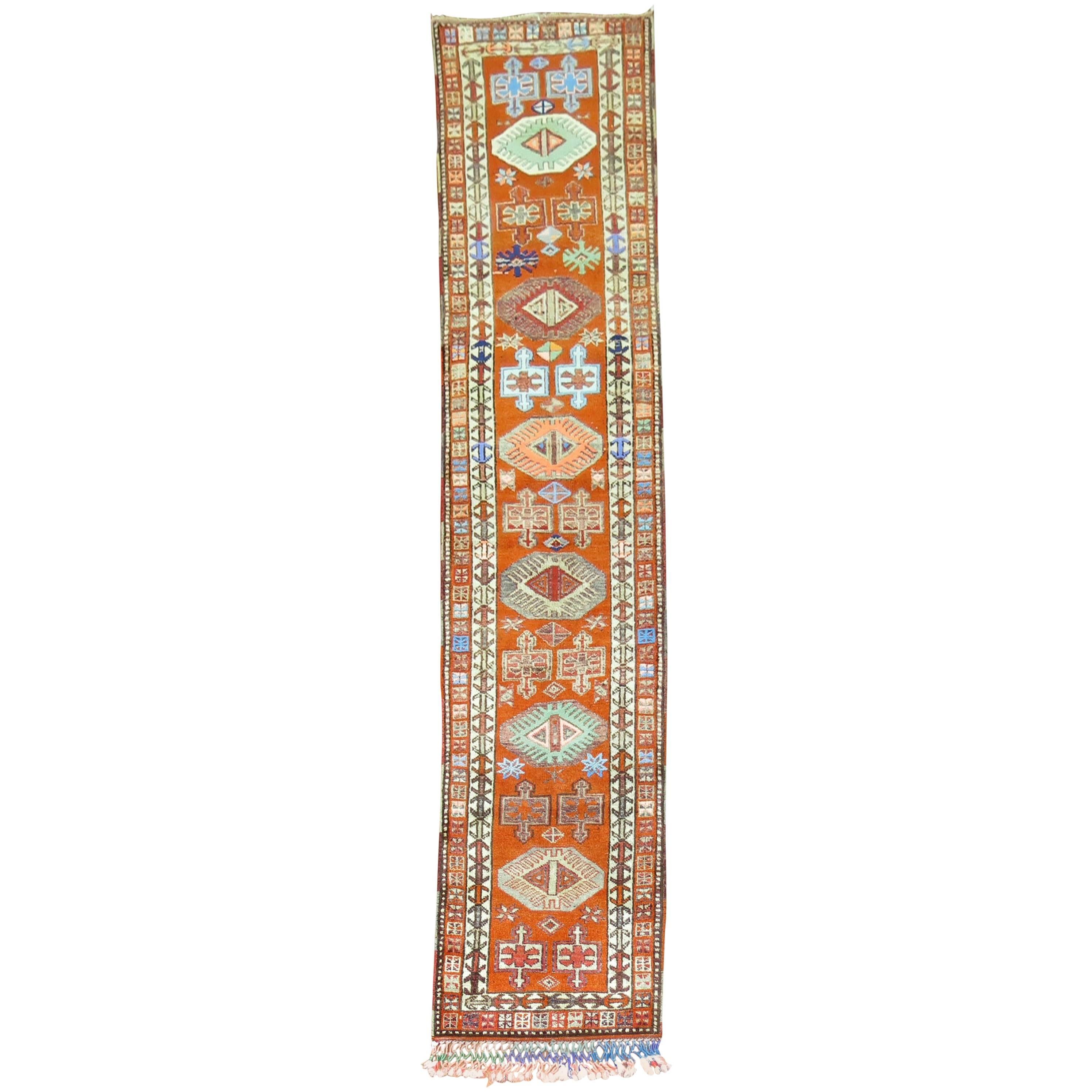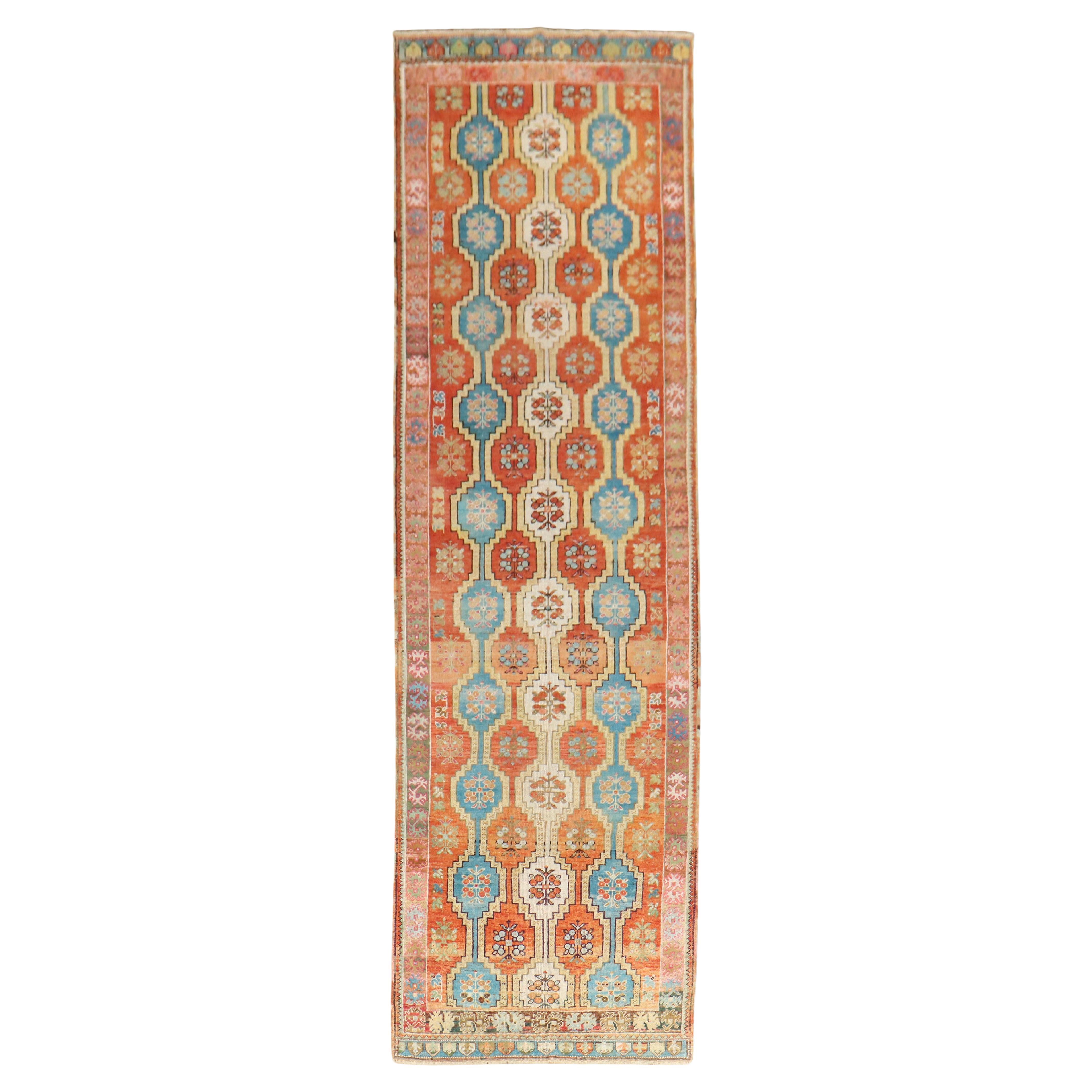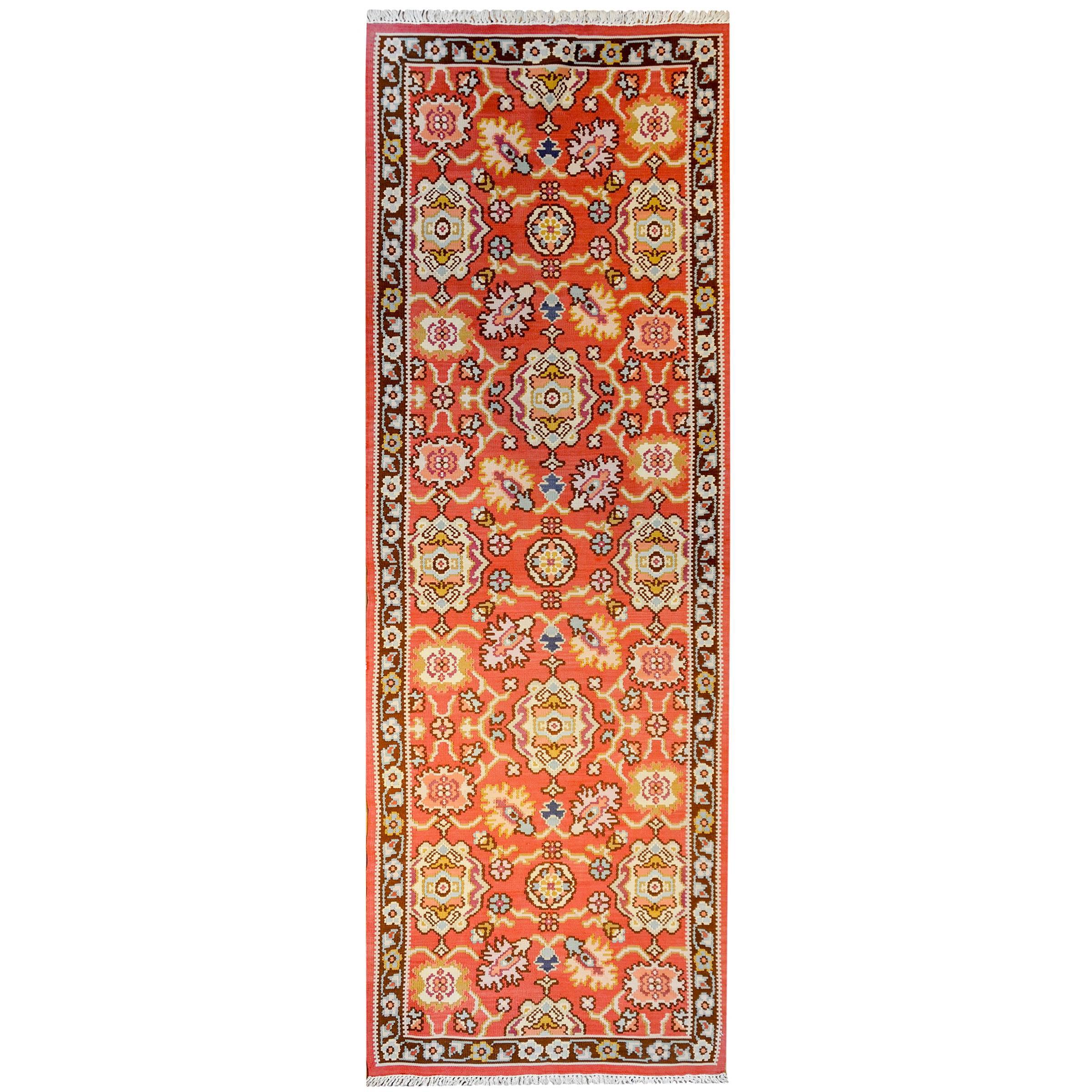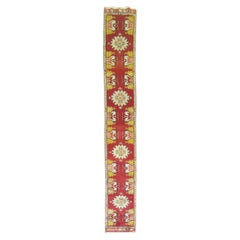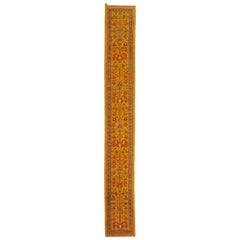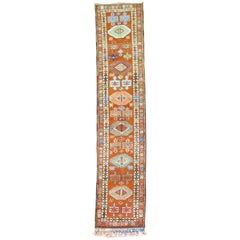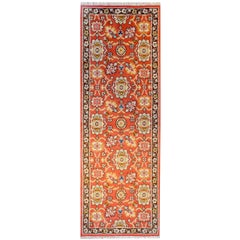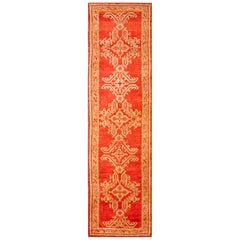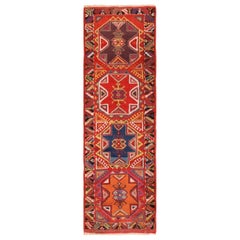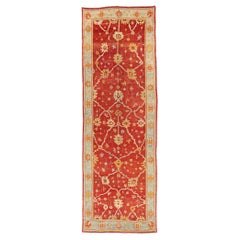Items Similar to Zabihi Collection Early 20th Century Karapinar Bright Turkish 13 Foot Runner
Want more images or videos?
Request additional images or videos from the seller
1 of 11
Zabihi Collection Early 20th Century Karapinar Bright Turkish 13 Foot Runner
$4,500
£3,440.49
€3,962.75
CA$6,305.88
A$7,039.92
CHF 3,688.81
MX$86,175.55
NOK 46,847.96
SEK 44,171.68
DKK 29,574.40
About the Item
An early 20th century rich vibrant color turkish karapinar runner.
Measures: 3'2'' x 13'.
About the Seller
5.0
Platinum Seller
Premium sellers with a 4.7+ rating and 24-hour response times
Established in 1975
1stDibs seller since 2011
1,550 sales on 1stDibs
Typical response time: <1 hour
- ShippingRetrieving quote...Shipping from: New York, NY
- Return Policy
Authenticity Guarantee
In the unlikely event there’s an issue with an item’s authenticity, contact us within 1 year for a full refund. DetailsMoney-Back Guarantee
If your item is not as described, is damaged in transit, or does not arrive, contact us within 7 days for a full refund. Details24-Hour Cancellation
You have a 24-hour grace period in which to reconsider your purchase, with no questions asked.Vetted Professional Sellers
Our world-class sellers must adhere to strict standards for service and quality, maintaining the integrity of our listings.Price-Match Guarantee
If you find that a seller listed the same item for a lower price elsewhere, we’ll match it.Trusted Global Delivery
Our best-in-class carrier network provides specialized shipping options worldwide, including custom delivery.More From This Seller
View AllZabihi Collection Narrow Vintage Turkish Runner
Located in New York, NY
A narrow vintage turkish runner in predominant bright cherry red.
1'6'' x 10'3''
Category
20th Century Turkish Oushak Turkish Rugs
Materials
Wool
$1,400 Sale Price
20% Off
Zabihi Collection Exquisite Bright Antique Turkish Milas Runner
Located in New York, NY
Antique Turkish milas runner featuring a Caribbean blue ground, accents in bright red and saffron,
Measures: 3'7" x 13'6".
Category
Early 20th Century Turkish Sporting Art Turkish Rugs
Materials
Wool
Zabihi Collection Narrow Long Antique Turkish Oushak Runner
Located in New York, NY
An authentic narrow one of a kind antique Turkish Oushak runner. The size is original and was originally woven in the 19th century for a ...
Category
Antique Late 19th Century Turkish Spanish Colonial Turkish Rugs
Materials
Wool
Zabihi Collection Vintage Turkish Anatolian Runner
Located in New York, NY
A colorful full pile vintage Turkish runner from the mid-20th century.
2'9'' x 12'6''
Category
20th Century Turkish Bohemian Turkish Rugs
Materials
Wool
Zabihi Collection Antique Turkish Melas Early 20th Century Runner
Located in New York, NY
An early 20th century Turkish Melas Runner
Details
rug no. 31700
size 3' 3" x 11' 6" (99 x 351 cm)
Category
Early 20th Century Turkish Oushak Turkish Rugs
Materials
Wool
Zabihi Collection Colorful Antique Turkish Oushak Runner
Located in New York, NY
an early 20th Century Colorful Antique Turkish Oushak Runner
Details
rug no. j4073
size 3' 2" x 11' 9" (97 x 358 cm)
Category
Early 20th Century Country Turkish Rugs
Materials
Wool
You May Also Like
Bold Mid-20th Century Turkish Bessarabian Runner
Located in Chicago, IL
A bold mid-20th century Turkish Bessarabian runner with all-over trellis floral and vine pattern woven in crimson, dark burgundy, light and dark ind...
Category
Vintage 1960s Turkish Kilim Turkish Rugs
Materials
Wool
Early 20th Century Turkish Oushak Carpet ( 3'2" x 11'6" - 96 x 350 )
Located in New York, NY
The clear red field of this circa 1900 Oushak runner displays a column of five complete and two fractional lozenge and cruciform based devices as seen on 19460. There are no other or...
Category
1990s Turkish Oushak Turkish Rugs
Materials
Wool
Antique Turkish Konya Runner Rug. 3 ft 5 in x 10 ft 10 in
Located in New York, NY
A magnificent Tribal antique Turkish Konya runner rug, country of origin: Turkey, date circa second half of 19th century - Size: 3 ft 5 in x 10 ft 10 in (1.04 m x 3.3 m).
Category
Antique Late 19th Century Turkish Tribal Turkish Rugs
Materials
Wool
Late 19th Century Turkish Oushak Gallery Carpet Runner with Modern Style
Located in Dallas, TX
73536 Late 19th Century Antique Turkish Oushak Rug, 07'09 x 23'05. Like a radiant trail of Anatolian fire weaving through time, this late 19th-century Turkish Oushak rug blazes with ...
Category
Antique Late 19th Century Turkish Spanish Colonial Turkish Rugs
Materials
Wool
Antique Turkish Oushak Runner. Size: 4 ft x 9 ft 6 in
Located in New York, NY
Beautiful Antique Oushak Rug, Country of Origin / Rug Type: Turkish Rug, Circa Date: 1900 – Size: 4 ft x 9 ft 6 in (1.22 m x 2.9 m)
Category
Early 20th Century Turkish Oushak Turkish Rugs
Materials
Wool
Late 19th Century Persian Serab Runner Carpet ( 3'8" x 12'3" - 112 x 373 )
Located in New York, NY
Late 19th Century Persian Serab Runner Carpet ( 3'8" x 12'3" - 112 x 373 )
Category
Antique 1890s Persian Persian Rugs
Materials
Wool
More Ways To Browse
Lounge Chair Portugal
Mid Century Brown Leather Chair Chrome
1920 Rattan Chair
Coffee Table 36 X 36
Danish 1930s Chair
Large Round Dining Tables
Orange Leather Chair
Antique Ewer
Antique Miniature Painting
Glass Gold Leaf Plate
Harvey Schwartz Table
Iconic Bench
Marble And Gold Coffee Tables
Red Velvet Frame
Stump Furniture
Turned Ring Legs
Vintage Sheepskin Chair
Vintage Sterling Silver Objects

